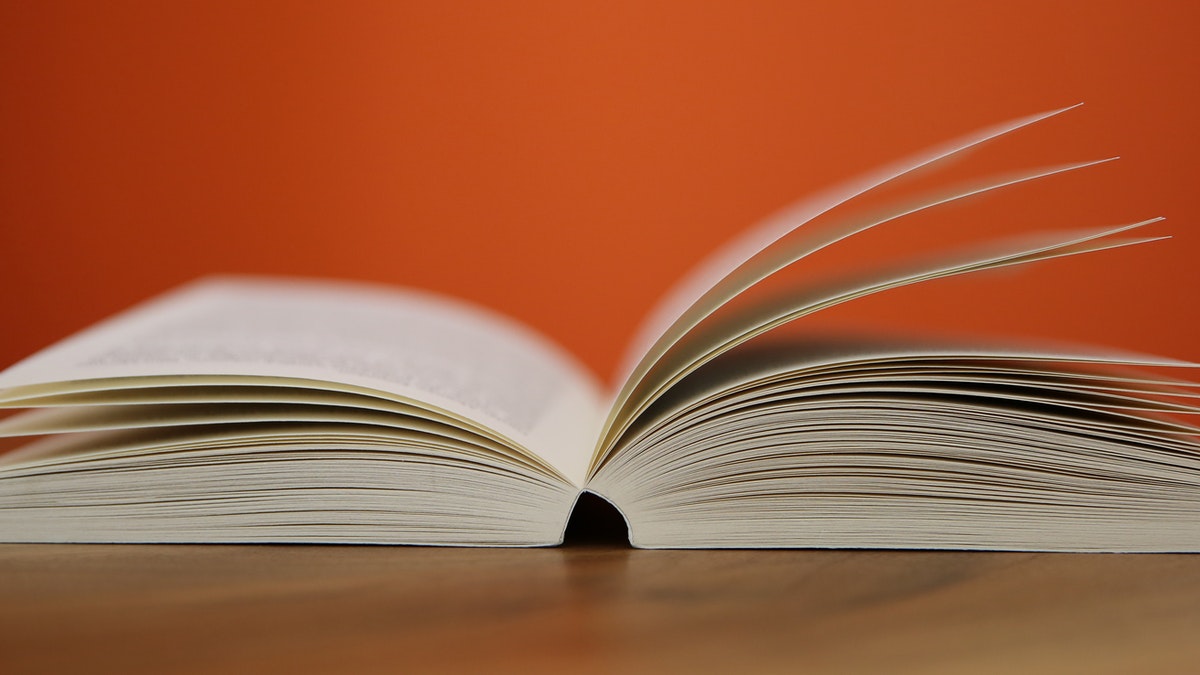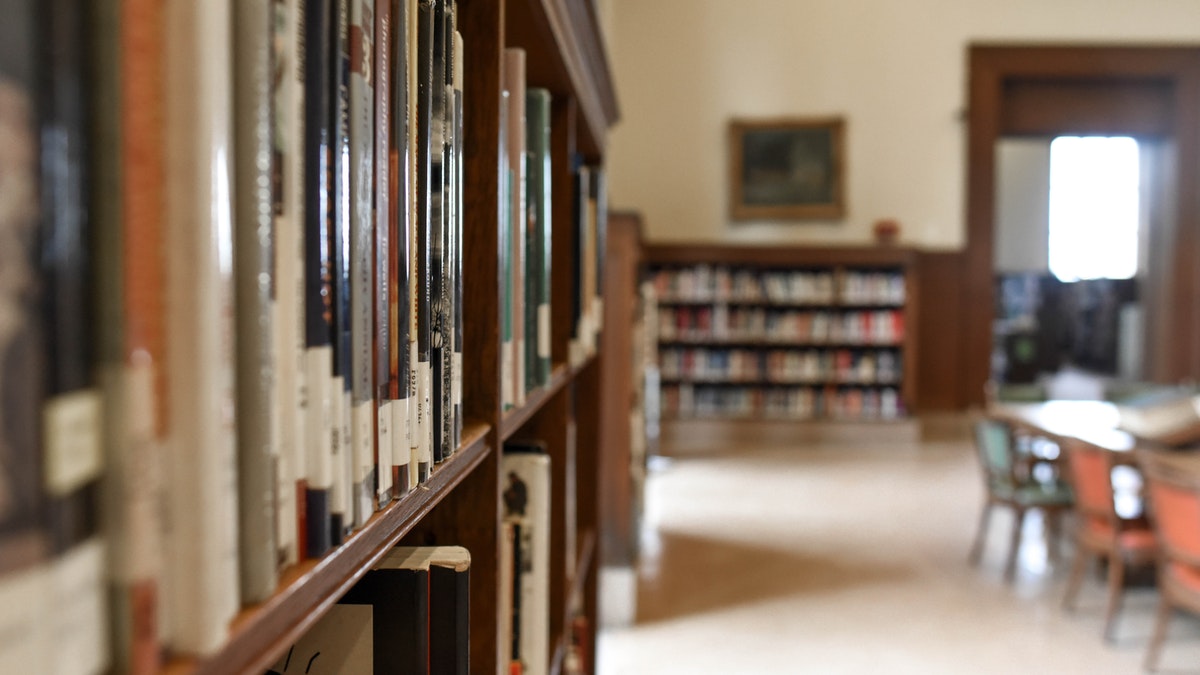All fathers are not alike. Some show their love and affection for their children and play with them. Others also love and care for their children but they show it by working hard for them and giving them instructions and advice.
Articles
Evelyn Glennie is a multi-percussionist. She can play about one thousand instruments with perfection. She listens to sound without hearing it! She fought against a physical disability and became a source of inspiration for thousands of disabled persons.
The concept of set serves as a fundamental part of the present day mathematics. Today this concept is being used in almost every branch of mathematics. Sets are used to define the concepts of relations and functions. The study of geometry, sequences, probability requires the knowledge of sets.
In earlier classes, we studied about the concept of probability as a measure of uncertainty of various phenomenon. We have obtained the probability of getting an even number in throwing a die as 3/6 or 1/2. Here the total possible outcomes are 1,2,3,4,5 and 6 (six in number).
Statistics deals with data collected for specific purposes. We can make decisions about the data by analysing and interpreting it.
Calculus is that branch of mathematics which mainly deals with the study of change in the value of a function as the points in the domain change.
To locate the position of a point in a plane, we need two intersecting mutually perpendicular lines in the plane. These lines are called the coordinate axes and the two numbers are called the coordinates of the point with respect to the axes.
In this Chapter, we will study about some curves - circles, ellipses, parabolas and hyperbolas. The names parabola and hyperbola are given by Apollonius. These curves are in fact, known as conic sections or more commonly conics because they can be obtained as intersections of a plane with a double napped right circular cone.
Amines can be considered as derivatives of ammonia obtained by replacement of hydrogen atoms with alkyl or aryl groups.
Carbohydrates are optically active polyhydroxy aldehydes or ketones or molecules which provide such units on hydrolysis. They are broadly classified into three groups - monosaccharides, disaccharides and polysaccharides.
A solution is a homogeneous mixture of two or more substances. Solutions are classified as solid, liquid and gaseous solutions. The concentration of a solution is expressed in terms of mole fraction, molarity, molality and in percentages.
Two-dimensional coordinate geometry is a combination of algebra and geometry. A systematic study of geometry by the use of algebra was first carried out by celebrated French philosopher and mathematician René Descartes, in his book ‘La Géométry, published in 1637.
In mathematics, the word, "sequence" is used in much the same way as it is in ordinary English. When we say that a collection of objects is listed in a sequence, we usually mean that the collection is ordered in such a way that it has an identified first member, second member, third member and so on.
An electrochemical cell consists of two metallic electrodes dipping in electrolytic solution(s). Thus an important component of the electrochemical cell is the ionic conductor or electrolyte.
Suppose you have a suitcase with a number lock. The number lock has 4 wheels each labelled with 10 digits from 0 to 9. The lock can be opened if 4 specific digits are arranged in a particular sequence with no repetition. Some how, you have forgotten this specific sequence of digits.
Aldehydes, ketones and carboxylic acids are some of the important classes of organic compounds containing carbonyl group. These are highly polar molecules. Therefore, they boil at higher temperatures than the hydrocarbons and weakly polar compounds such as ethers of comparable molecular masses.
Measurement is a process of comparing a physical quantity with a standard quantity. The standard quantity used to compare a physical quantity for its measurement is called unit.
Anything that has mass and occupies space is matter. There are three different physical states of matter in which a substance can exist - solid, liquid and gas.
According to law of constant proportions, a sample of a pure substance always consists of the same elements combined in the same proportion by mass.
A chemical equation is a shorthand description of a reaction. It symbolically represents the reactants, products and their physical states.
History is an account of events that have happened in the past. It is about the real people and the real things. It does not deal with mere ideas and ideals or what should have been. On the other hand, it is a study of what has been.
History is the study of past events. It helps us to understand those processes that enabled the early humans to successfully conquer their environment and develop the present-day civilization. It is an analysis of society, economy and cultural trends over a long period as reflected in available sources.
There was transformation of European Society after the downfall of the Roman Empire, and the birth of a new religion called Islam which led to the founding of a vast empire that originated in West Asia and spread out over a large part of the world.
The rulers who ruled substantial parts of the North India between AD 1200 to AD 1526 were termed as Sultans and the period of their rule was known as the Delhi Sultanate. These were the Mamluks who were popularly known as the slave dynasty, the Khaljis, the Tughlaqs, the Sayyids and the Lodis.
With the decline of feudalism, the restrictions on peasants become a thing of the past. Simultaneously, the period witnessed the rise of powerful merchant class, which financed discoveries of new lands. These, with other factors, brought about the Industrial revolution which led a sea change throughout the world. This was the beginning of the Modern Age.
There was a very strong dissatisfaction with political leadership and people started demanding more participation in the affairs of the State. Political awareness, ideas like liberty, equality and fraternity were popularised by the printing press.
Industrial Revolution brought social and economic changes that transformed the agricultural society to a modern industrial society. The industrialised nations needed raw materials for their industries as well as markets for their finished good.
Industrialisation, Colonialism and Imperialism created intense rivalry among the European nations over their possessions of colonies in Asia and Africa. This competition became more acute by the end of the 19th century when colonies were no longer available in Asia and Africa.
British Rule had a tremendous effect on Indian society, economy and culture. It also gave rise to a sense of nationhood and a spirit of Nationalism arose which resulted in National Awakening and a feeling of revolt against Britishers.
In the first half of 19th century the society was backward due (i) lack of education and (i) subordination of women. This prevented society's progress. Many reformers came up during this period who contributed to religious and social awakening helped in transforming the society for betterment.
Exploitation of natural and human resources by British led to rise of Popular Resistance Movements mainly by Peasants, Tribals and Sainiks. The most important Popular Resistance to the British rule during the 19th century was the revolt of 1857. There was a sense of self confidence that gave an impact to National Awakening.
Anti-Colonial Movement gave rise to a feeling of Nationalism. In 1885 Indian National Congress was founded by A.O. Hume. Foremost objective of this organization was to create the consciousness among the people of belonging to a single nation.
According to Dalton’s atomic theory, the atom is considered to be the smallest indivisible constituent of all matter. This theory could explain the law of conservation of mass, law of constant composition and law of multiple proportions.
Alcohols and phenols are classified (i) on the basis of the number of hydroxyl groups and (ii) according to the hybridisation of the carbon atom, sp3 or sp2 to which the -OH group is attached. Ethers are classified on the basis of groups attached to the oxygen atom.
The first classification of elements was as metals and non-metals. After the discovery of atomic mass (old term, atomic weight) it was thought to be the fundamental property of elements and attempts were made to correlate it to their other properties.
The basic cause of chemical bonding is to attain noble gas configuration either by transfer of electron from a metal to non- metal or by sharing of electrons between two non-metal atoms.
Acids are the substances which taste sour, change blue litmus red, are corrosive to metals and furnish H+ ions in their aqueous solutions. Bases are the substances which taste bitter, change red litmus blue, feel slippery and furnish OH- ions in their aqueous solutions.
A continuous change in the position of the object with respect to time is called motion.
Inertia: The property of a body which tends to keep the body in its state of rest or of uniform motion is called inertia.
The gravitational force due to earth is called gravity.
Newton's Law of Gravitation: In this universe all things attract each other. The force of attraction acting between two bodes of masses m1 and m2 separated by a distance r is directly proportional to product of their masses and inversely proportional to square of the separation between them.
Work: The product of displacement and force in the direction of displacement of a body is called work.
Thermal energy, also called heat, is a form of energy which gives us sensation of hotness. Like other forms of energy its SI unit is Joule (J). Temperature is a measure of hotness of a body. It is measured in, ºF, ºC or K, with the help of a device called thermometer.
Light is the form of energy which makes the objects visible to us. When light reaches from object to our eyes, it becomes visible to us. Reflection, refraction and dispersion are the important properties of light.
There are two types of charges: positive charge, i.e., the charge that a glass rod acquires when rubbed with silk and negative charge, i.e., the charge which an ebonite rod acquires when rubbed with flannel.
Magnet is a naturally occurring or artificially designed material which has a peculiar property of attracting some materials like iron, nickel and cobalt, called magnetic materials.
Sound is the form of energy which gives the sensation of hearing. It travels in the form of waves.
The earth came into existence 4-5 billion years ago and life originated around 3.4 billion years ago. In these many years, approximately 15 million different kinds of organisms have evolved. The wide variety of organisms is termed biodiversity.
Earth is the only planet in our solar system which sustains life. But earth was not the same as it is today. It was a ball of gases when it was first formed about 4.5 billion years ago. Earth cooled and chemicals of life were synthesized in water - chemical evolution.
Cell is the structural and functional unit of life. A typical cell includes a cell membrane, cytoplasm and genetic material either within the nucleus or in the cytoplasm.
Life Processes such as Nutrition, Respiration, Circulation and Excretion are necessary for the survival of living beings. Energy is needed for running life processes.




















